
All About Pebbled Leather
What is pebbled leather?
Pebbled leather, also known as pebble leather, refers to leather with a specific type of textured surface. The surface is pressed with small rounded, raised, or bumped areas. This gives it the appearance of tiny little pebbles clustered together.
The texture can be very pleasing, and it is frequently made from soft leather. Because it raises the surface of the leather, it is less prone to scratching and abrasion marks. Furthermore, because the pebble pattern is often haphazard in appearance, any leather scratches are usually less noticeable.
Is pebbled leather real leather?
The pebbled surface is found on both natural and faux leathers, as well as vegan and vegan leathers. Natural leather hides may have surface marks or flaws that make them unsuitable for use in fine, finished leather goods. The leather is still in good condition.
The application of pebbling to the surface helps to conceal these flaws and transform them into a very usable and functional piece. Pebbled leather can be made from either full grain (the best, thickest part of the original hide) or split leather (original hide split into several thin layers to maximize the amount of finished product).
Because it is simply stamped into the surface, this treatment can be applied to any type of leather. The pebbled leather is very common and can be found on a wide range of leather goods. Handbags, briefcases, travel bags, luggage, backpacks, boots, shoes, clothing, and upholstery are just a few examples.
How is pebbled leather made?

These are the steps for creating natural leather with a pebbled surface.
Step 1: Tanning
The leather for use has been prepared. This includes all of the steps in the leather tanning process that prepare it for commercial use. In most cases, calfskin or cowskin hides are used. To make high-quality leather, a natural, vegetable tanning process can be used. Chrome tanning, on the other hand, produces a very soft, supple leather.
Step 2: Dyeing
The leather is dyed after it has been tanned to introduce one of many vibrant colours. Colours are frequently used as brand signatures. They may differ from year to year or season to season. Colours can also be chosen by the leatherworker. This step employs a wide range of tones, variations, and dye types.
Step 3: Pressing
After being dyed, the leather is now run through machines with large metal plates. The pebble pattern is etched in reverse on the plates. This is done so that when they pass the pattern through a material, it will look the way they want it to.
Consider the dies used to make coins; they are cut in reverse so that when they strike the metal, a properly-oriented coin surface is produced.
The pebbled pattern is textured, rounded, and random in appearance. The plates are then pressed into the leather with tremendous force, leaving a permanent shape in the material.
Step 4: Finishing
We need to finish the leather now that it has been coloured and textured. This is where some of the best qualities of various leather finishes are combined. A clear, protective finish is usually applied. The finish protects the leather underneath while also providing a scratch and water-resistant surface.
Other finishes or layers can be added beneath the top layer as well. They could be used to create a visual effect, such as a soft shine. Alternatively, it could be a specific colour or translucency that interacts well with the coloured leather beneath it. In some cases, fire retardants and UV protectants can be added to automobile upholstery.
What does refined pebble leather mean?
Refined Pebble Leather is a luxurious leather made from the fine pelt of the cow. The pelt is removed from the animal using a machine known as a 'stripper.' This machine removes large amounts of skin at once, resulting in large rolls of skin. After that, the skin is placed in a large drum filled with water and lime. This procedure softens and whitens the skin while also removing any remaining hairs from the hide. After that, the hide is shaved to an even thickness and cut into sheets for further processing.
Its exterior has not been sanded, polished, or snuffed to conceal any natural flaws or scratches. As a result, the grains have not been separated, and their fibres are strong and long-lasting. Because the grain breathes, the leather retains less moisture after prolonged contact.
Pebbled Leather vs. Cross Grain Leather
Both leather types are known for fake perfections. Cross Grain leather is an embossed leather that helps hide the defects of the natural hide.
With a more distinct touch and feel this leather type is rarely used on luxury products. Most brands let the leather imperfection marks stay to bring more authenticity to the article.
Pebbled is the better one since it is a little organic and has a natural pebbled texture as opposed to the grain leather in which texture is imprinted through machines. Both of these materials are mainly used for hiding imperfections. Pebbled on the other hand is more premium than cross-leather.
Read more: All about Crossgrain Leather
Saffiano leather vs pebbled leather
We are talking about the premium side of the leather. We are comparing Saffiano and Pebbled. By the name itself, saffiano might have taken your attention. Saffiano leather is famous for its slant lines and cross-hatch design which is motor-pressed into the wax coating of the hide giving it a slight luster.
This leather type is mostly used for making luxury goods. Talking about pebbled leather, Pebbled leather is a term used to explain leather that has a raised, pebble-shaped texture applied to the surface. It can be on natural, or faux leather. The pebbled texture adds visual appeal while also making the leather more scratch-proof. Mostly this is used for correcting imperfections.
Read More: All about Saffiano Leather
Full Grain Leather vs Pebbled leather
We have talked about pebbled leather twice in this article, you must have gotten a little idea about what the leather would be like. Now we are comparing it with the real leather type.
Full-grain hide means that the natural face of the hide isn't given a grain print. For the natural face to be unaltered, it has to come from the upmost subcaste of the hide, which is the top grain.
Full-grain leather tends to be more precious because none of the natural markings or blemishes are covered up. Thus, advanced quality rawhides are needed.
Also, since the grain is so tight, it resists dampness veritably well. Over time, full-grain leather will look nicer and nicer and develop air from being handled.
Full-grain leather refers to the natural upmost face subcaste of scourged cowhide. A scourged bovine hide can have a consistency of over to around 10 mm. This makes this leather veritably compatible for use on settees and other cabinet work.
Read more: Leather bags that lasts lifetime.
What is polished pebble leather?
Leather is a porous material, and as a result, leather shoes are also porous. So anything that gets on it will soak in and possibly permanently stain if it isn't protected with something like wax polish.
Even if you believe your shoes are waterproof due to their finish, they are not completely impervious to liquids. This is one of the initial advantages of polishing your shoes.
Polished pebble leather is nothing, but pebbled texture leather protected with a coat of wax polish. It adds to the life of the leather and gives a shine.
Does pebbled leather-look cheap?
Yes, if you must use a faux, choose one with a rich texture. The texture is critical if you want to achieve the look of genuine leather on a budget. The most realistic-looking faux leathers are embossed and suede.
There are many good pebbled and smooth faux leathers available, but there are also many bad ones. If a smooth or pebbled leather appears to be fake to you, simply avoid it.
Does pebbled leather age well?
Pebble leathers are one of the few types of leather that will age gracefully over time, developing a nice patina. Compared to vegetable tanned leather it doesn't age very well but after some wear and tear, pebbled leather looks okay.
It is also not super durable than other types of leather, making it a fast fashion choice for items such as purses and wallets that will be used frequently.
How to clean pebbled leather bags?
Both natural and faux can be cleaned gently with a wet cloth, despite their textured surfaces. Make sure there are no loose fibres or lint on the cloth that could transfer to the surface. A microfiber cloth could be useful. Also, test the cloth in a small area first to ensure that it does not transfer any colour to the item's surface (couch, sofa, bag, purse, etc.).
A very soft brush can be used to help loosen dirt and grime if the item requires additional cleaning. Wet it slightly and smooth it over the leather, taking care not to press too hard. The brush's bristles should be doing most of the work. Going over it with a damp cloth after this step can help clean off any remaining dirt/dust. Allow the item to dry before using or storing it.
If what you're attempting to clean is more than just dust/grime and is a stain from something, extra care may be required. First, consider the type of stain. Knowing the substance can help you determine the best way to clean it. If it's something simple, a gentle cleaner might suffice.
If it's a more serious problem, look into cleaners designed specifically for the type of pebbled leather you have (natural or faux). They will be designed to treat the stain while also assisting in the preservation of the surface finish. As with most cleaners, test in a small, inconspicuous area first to ensure that it will not discolour the bag. We don't want to create a second stain while attempting to clean the first.
What's the better alternative to pebbled leather bags?
Pebble leather is a texture given to different types of leather. The best possible alternative for pebbled leather bags is full-grain vegetable-tanned leather bags. Pebble texture is given to leather for better finishing. But using superior quality like full-grain has its unique finish and touch that is better than pebbled leather. It ages well forming a beautiful patina. Colour variations and subtle scars will appear, but it will never fray.
The entire thickness of the hide is used in full-grain leather. This type of leather is the most durable and ages well, gradually changing in texture and colour over time. The addition of pebble-grain does not affect the properties of full-grain leather.
Why would you do it? Pebbling produces an appealing finish that is scuff-resistant and easy to maintain but completely unnecessary on full grain.
Checkout our collection of vegetable tanned leather bags.


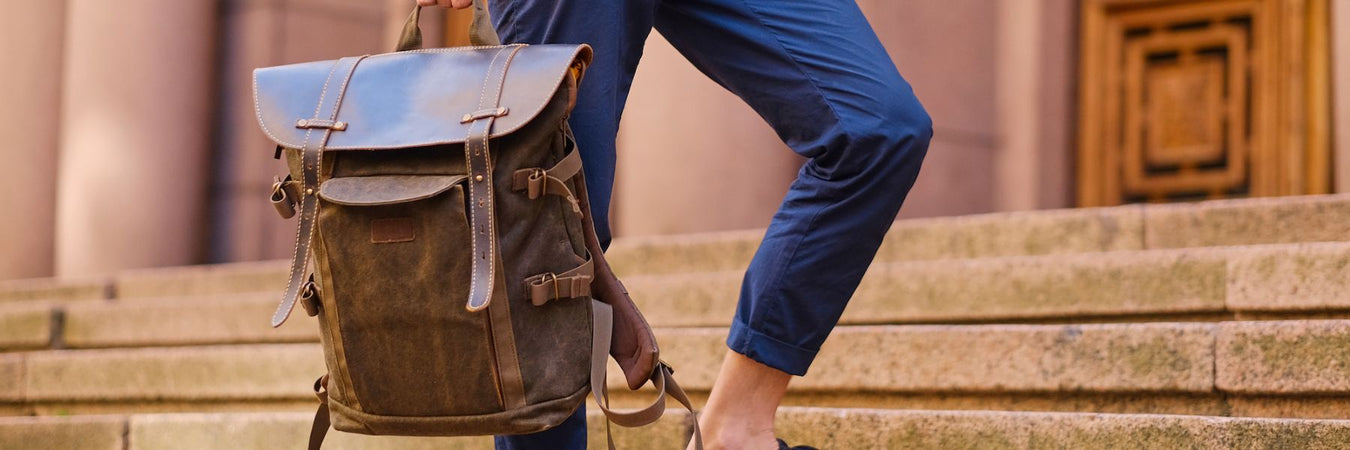
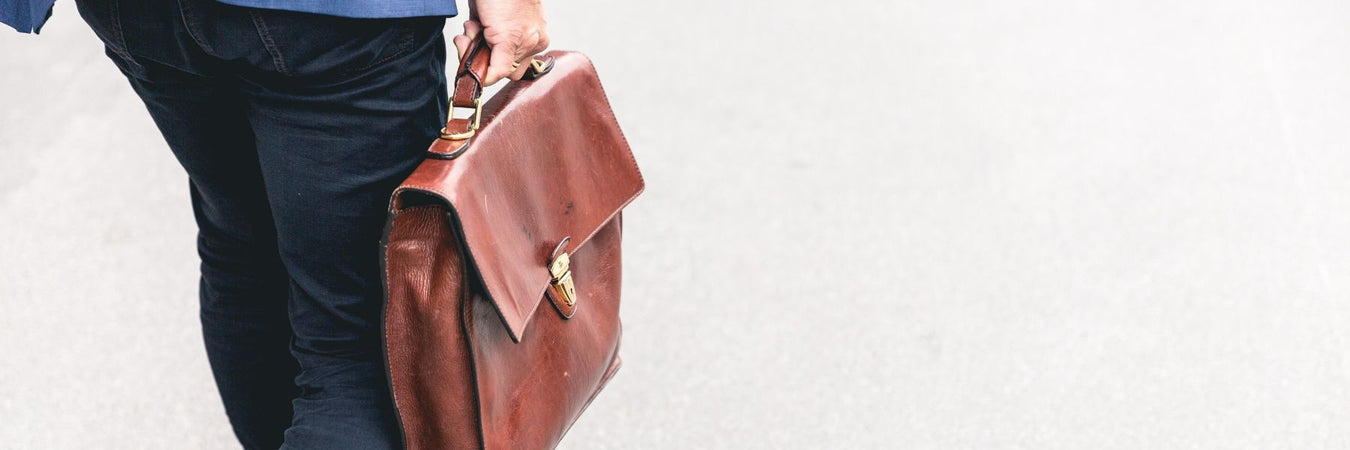
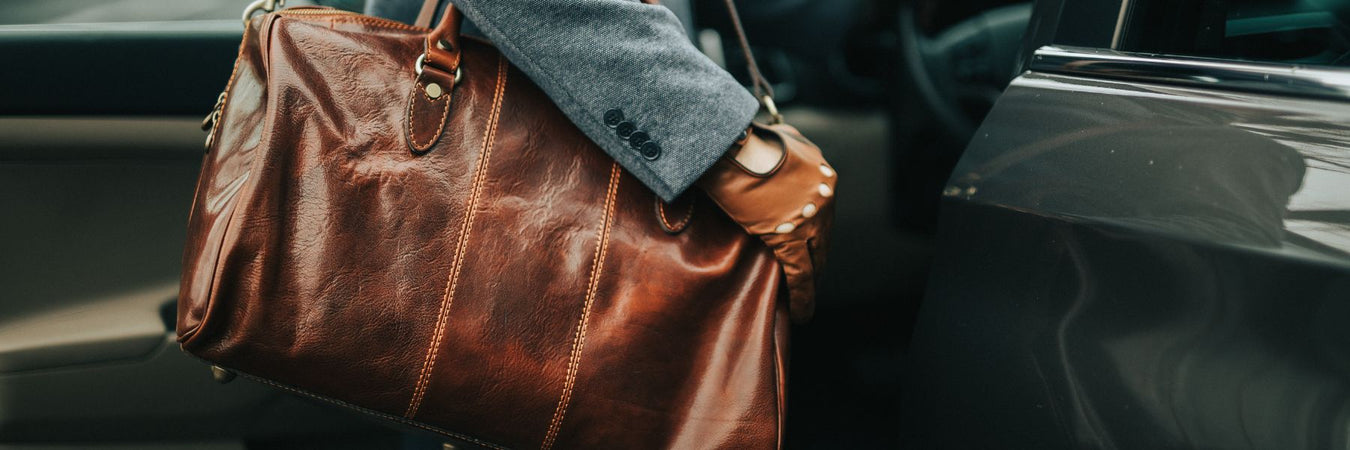
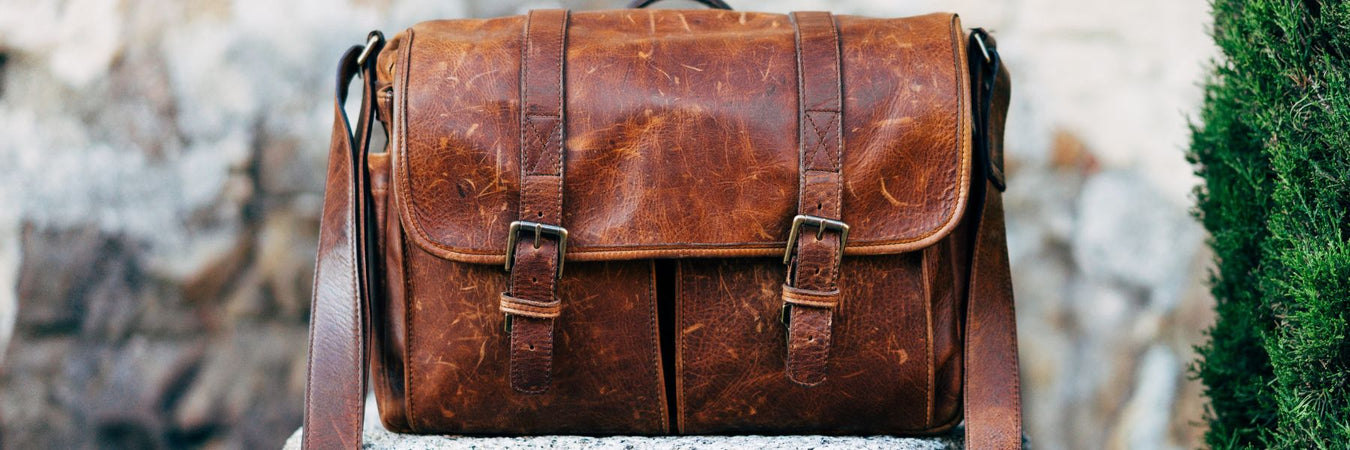
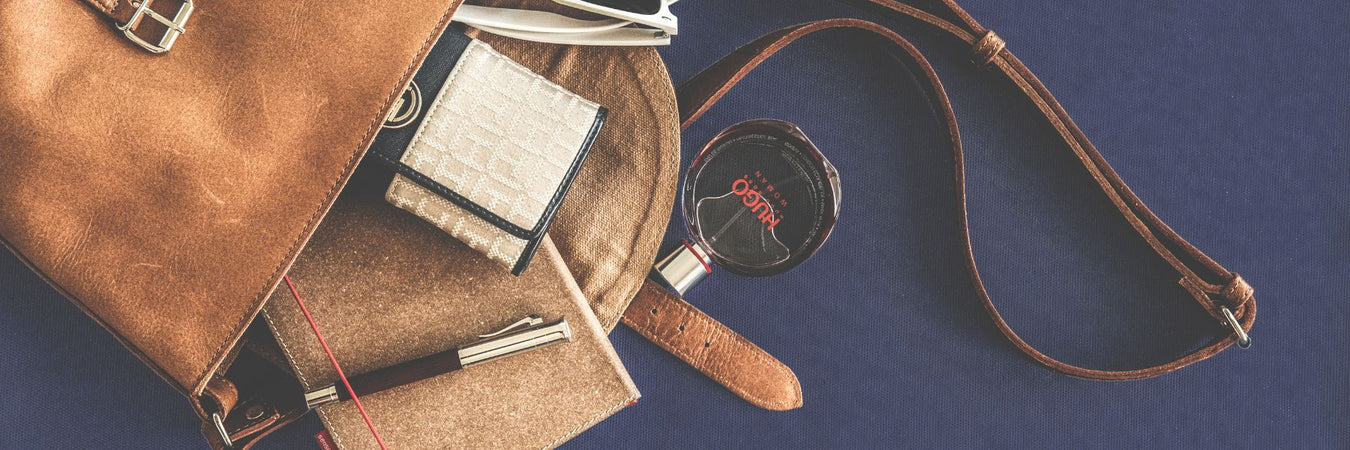
Leave a comment